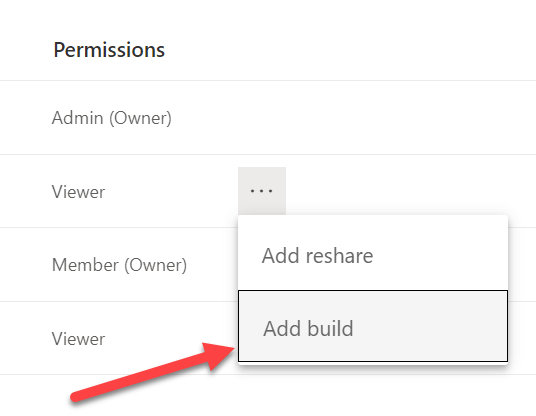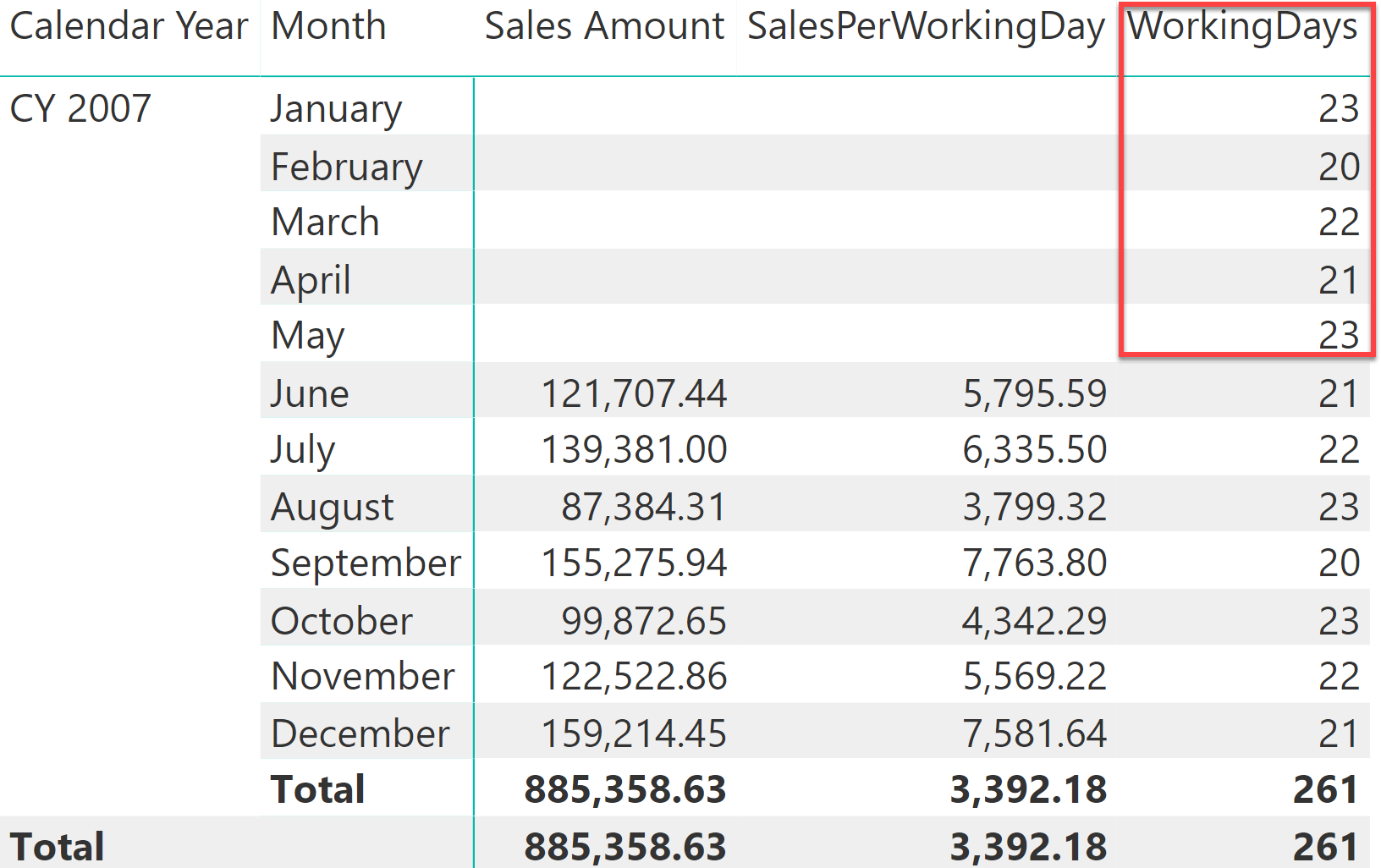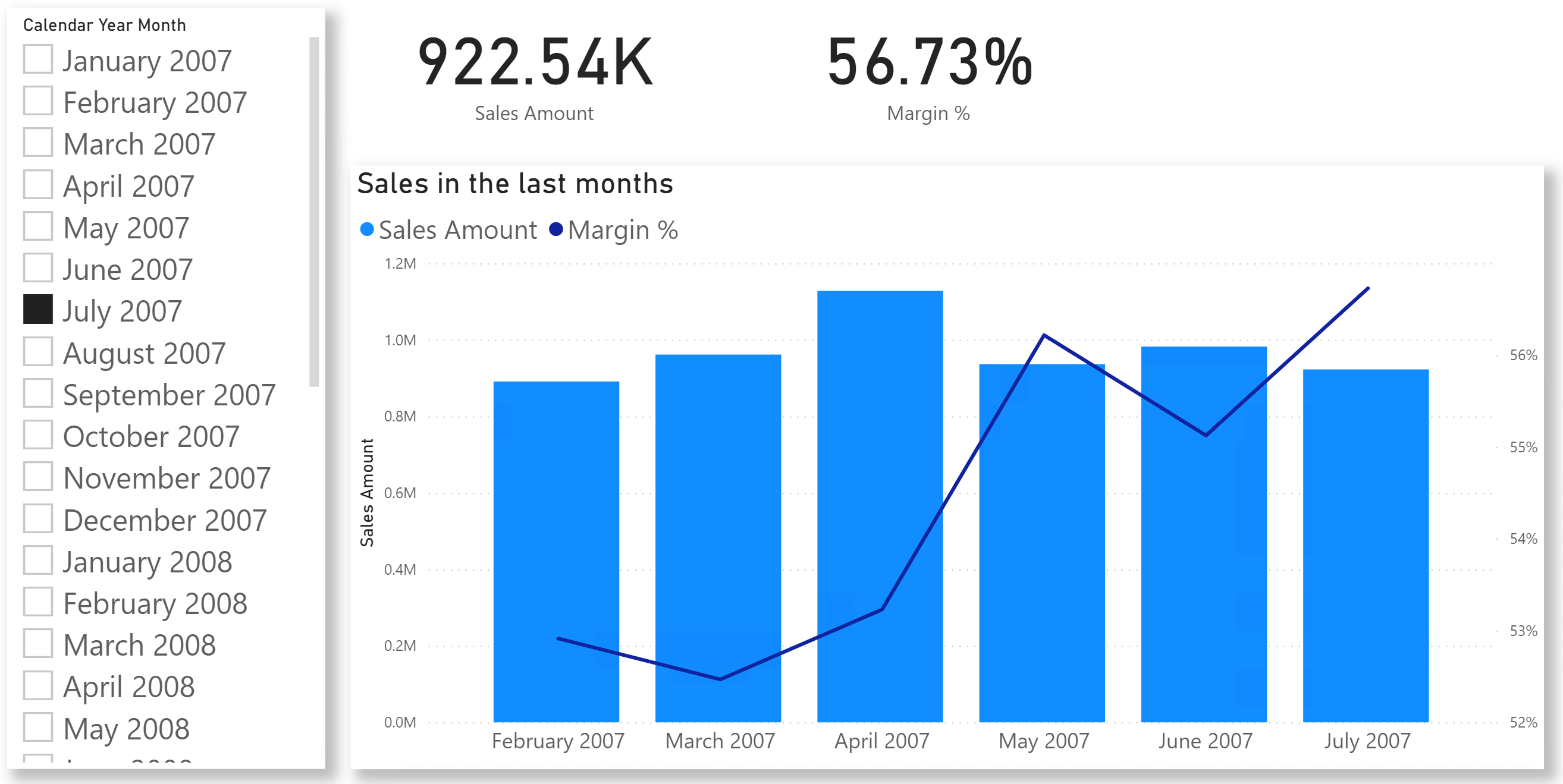Topic: Power BI
-
How to force a measure to return zero instead of blank, in order to highlight combinations of attributes with no data. Watch now
-
Explore how to create custom groups based on a slicer selection in Power BI. For example, create two versions of a measure: one returns the value of the selected items, and another one returns the value of the other items,… Watch now
-
Learn what happens when you open a PBIX file with Power BI Desktop and why you might wait many seconds with large files. Do you need more RAM or a faster CPU? As usual, it depends, but if you can… Watch now
-
When you create and publish a composite model using DirectQuery for Power BI datasets and Analysis Services, you should pay attention to the minimal permissions required to consume data. For example, consider the following scenario: Base is a shared dataset… Read more
-
Alberto shares his exploration of different techniques for an article about displaying blank as zero in a DAX measure. The article and its video will be much shorter without the trial and error process that you can see without editing… Watch now
-
This article shows how to compute a measure that sums the values produced row by row in the visual into the visual total, instead of recomputing the total value in the filter context of the total. Read more
-
In this article we demonstrate how to use calculation groups to show the behavior of any measure in the last 6 months, starting from a single date selection with a slicer. This can be applied to any number of months. Read more
-
Why the standard DAX time intelligence functions might return unexpected results? Discover how DATEADD and SAMEPERIODLASTYEAR work under the hood! Watch now
-
How to enable cross filter visual behavior in Power BI when using a measure showing Top N and “Other” row? The question came up in a comment to the article https://www.sqlbi.com/articles/filtering-the-top-products-alongside-the-other-products-in-power-bi/ Watch the video to see how we study the… Watch now
-
This article analyzes a classic modeling question: is it better to build a model as a regular star schema or as a single table in Power BI? The answer is clear: a star schema is always the best choice. Read more









